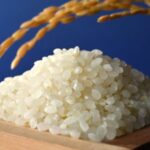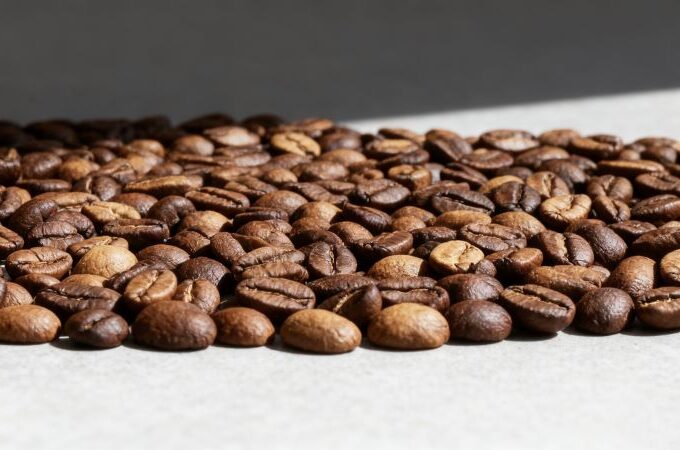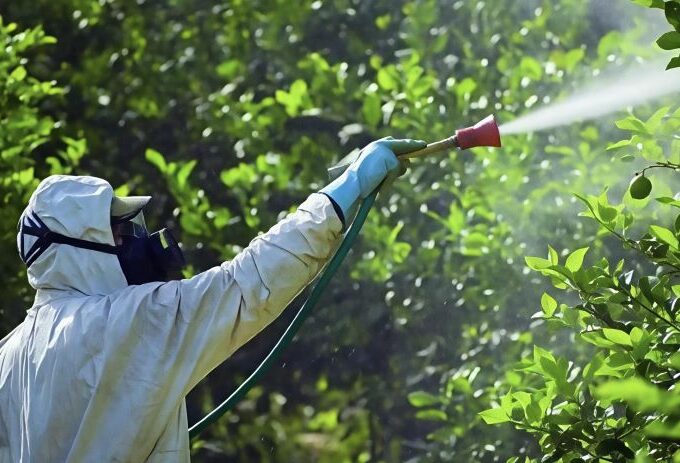In the transition toward green and sustainable agriculture, microbial inoculants have become key inputs due to their ecological safety and significant agronomic benefits. These formulations, containing active microorganisms, improve soil microbiota, enhance crop stress resistance, and support high-efficiency farming. Below is a concise overview of the types and functions of commonly used microbial inoculants.
Types and Functions
Bacillus subtilis: A versatile bacterium known for its strong environmental tolerance, able to survive in high-temperature, low-temperature, and saline conditions. Upon application, it rapidly colonizes the soil, competing with pathogens for nutrients and space. In greenhouse vegetable production, B. subtilis significantly reduced root rot incidence (by 40%–50%) and pathogen populations. It also secretes proteases and amylases to decompose organic matter and release nitrogen, phosphorus, and potassium.
Bacillus megaterium: An efficient potassium-solubilizing bacterium. In potassium-deficient maize fields, its application increased potassium uptake by 20%–30%, strengthened stems, improved lodging resistance, and enhanced yield. It also releases secondary nutrients such as calcium, sulfur, magnesium, and iron.
Bacillus licheniformis: Functions as a biocontrol agent and root growth promoter. In citrus orchards affected by Rhizoctonia solani, root drenching with B. licheniformis inhibited pathogen proliferation and promoted root system development. Resulting improvements included increased water and nutrient absorption and enhanced fruit quality.
Bacillus mucilaginosus: An all-round soil nutrient converter. It solubilizes insoluble phosphorus and potassium and fixes atmospheric nitrogen. In acidic red soils, its use led to more effective nutrient availability. Field trials in rice production showed 15%–20% yield increases due to stronger tillering and plant vigor.
Bacillus thuringiensis: A well-known biological insecticide. It produces crystal proteins toxic to specific insect larvae. Once ingested, the protein disrupts the insect’s gut lining, leading to death. Bt application in cotton fields effectively controls bollworm populations, reduces pesticide use, and preserves crop quality and ecological safety.
Bacillus laterosporus: Acts as both a soil remediator and plant growth promoter. It adsorbs and transforms heavy metals, reducing phytotoxicity. In cadmium-contaminated rice paddies, B. laterosporus helped lower cadmium levels in grains to meet safety standards. It also secretes phytohormones to boost root growth and improve vegetable yield and quality.
Purpureocillium lilacinum: A biocontrol fungus targeting root-knot nematodes. It parasitizes eggs and females, disrupting reproduction. In banana plantations, its use significantly reduced nematode populations and increased yield by 30%–40%.
Aspergillus oryzae: Used in organic waste composting and biofertilizer production. It rapidly decomposes livestock manure by secreting cellulases, proteases, and related enzymes. In pig farms, A. oryzae shortened composting time from months to weeks, converting manure into high-quality organic fertilizer that improves soil structure and fertility.
Application Scenarios
Soil Remediation: Long-term intensive farming and chemical overuse lead to compaction, acidification, and salinization. Microbial inoculants restructure the soil microbial community and improve physical and chemical properties. In greenhouse cultivation, composite inoculants alleviate salinity stress, enhance soil porosity and moisture retention, and restore soil health.
Yield and Quality Enhancement: Microbial inoculants improve nutrient uptake and regulate plant growth, resulting in higher yields and better quality. In fruit production, they enhance root nutrient absorption, increase soluble sugar content, improve fruit color and taste, and raise market value. They also reduce nitrate levels, enhancing food safety and nutritional value.
Pest and Disease Management: As a biocontrol method, microbial inoculants are highly targeted, environmentally safe, and less likely to induce resistance. For example, Bt is widely used in tea plantations to control leafrollers without harming tea quality or disrupting beneficial insects and predators.
Organic and Ecological Farming: Fully compatible with organic standards, microbial inoculants provide essential nutrients and natural pest control. In ecological farms, they enhance biodiversity, stabilize soil ecosystems, and support sustainable production by reducing reliance on synthetic inputs. IFOAM – Organics explicitly lists microbial inoculants as recommended inputs for organic agricultural production, promoting their wide application in global organic agriculture and ecological planting.

Application Methods and Precautions
Application Methods
Microbial inoculants can be applied in various ways depending on crop needs and growth stages. For base application, they are typically mixed with organic or farmyard manure and broadcast before tillage to ensure thorough contact with the soil. During key growth periods, topdressing involves diluting the inoculants in water and applying them through drip irrigation, sprinklers, or flood irrigation. Root drenching entails applying the diluted solution directly around the root zone to suppress soil-borne diseases and promote root development. For foliar application, the inoculant is sprayed onto the leaves to enhance nutrient uptake and control leaf diseases, preferably during cooler periods, such as cloudy days or evenings, to prevent rapid evaporation and maintain effectiveness.
Precautions
To ensure optimal effectiveness of microbial inoculants, proper handling and application are essential. These products contain live microbes that are highly sensitive to chemical fungicides, so they should be applied at least 7–10 days after any fungicide treatment. Storage conditions must be controlled—ideally in cool (5–25°C), dry, and well-ventilated environments—while avoiding direct sunlight and high humidity to preserve microbial viability. Since formulations differ by brand and strain, users must follow label instructions regarding dosage, target crops, and application methods. Once diluted, inoculants should be used immediately, particularly in warm climates, to prevent a decline in microbial activity. When managed correctly, microbial inoculants significantly improve soil health, boost crop productivity, and reduce dependency on chemical inputs, offering a sustainable and environmentally sound solution for modern agriculture.












